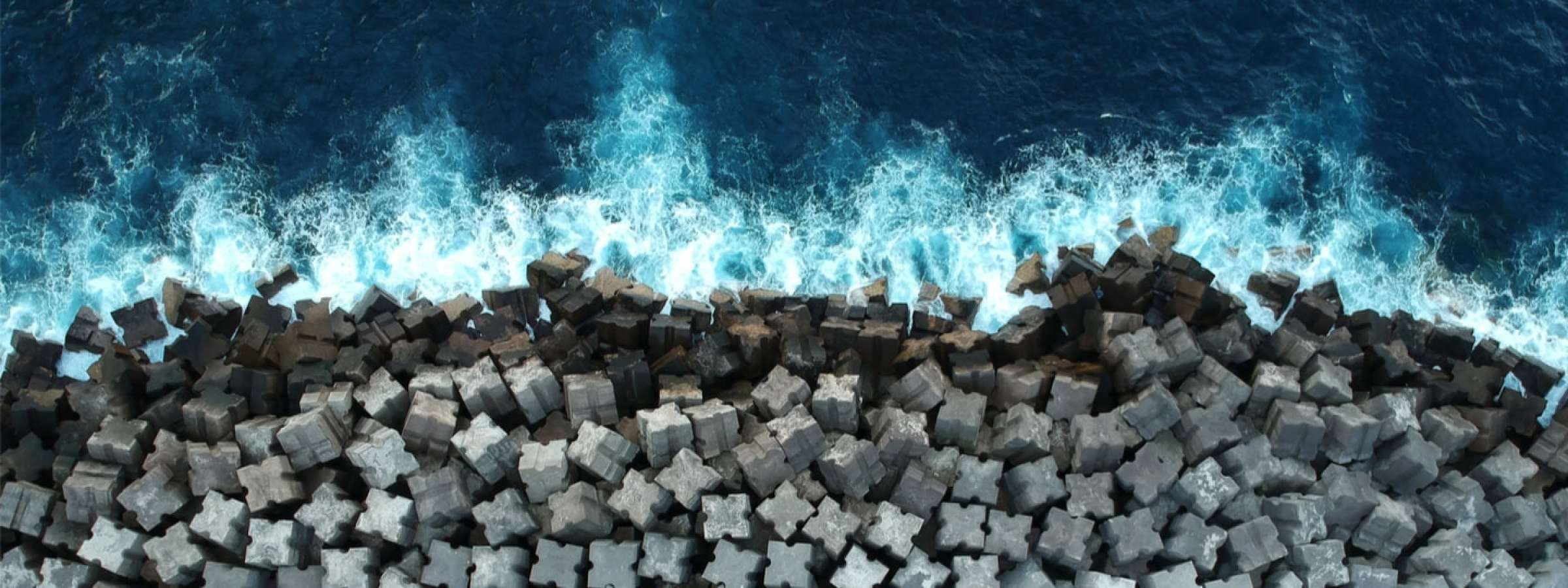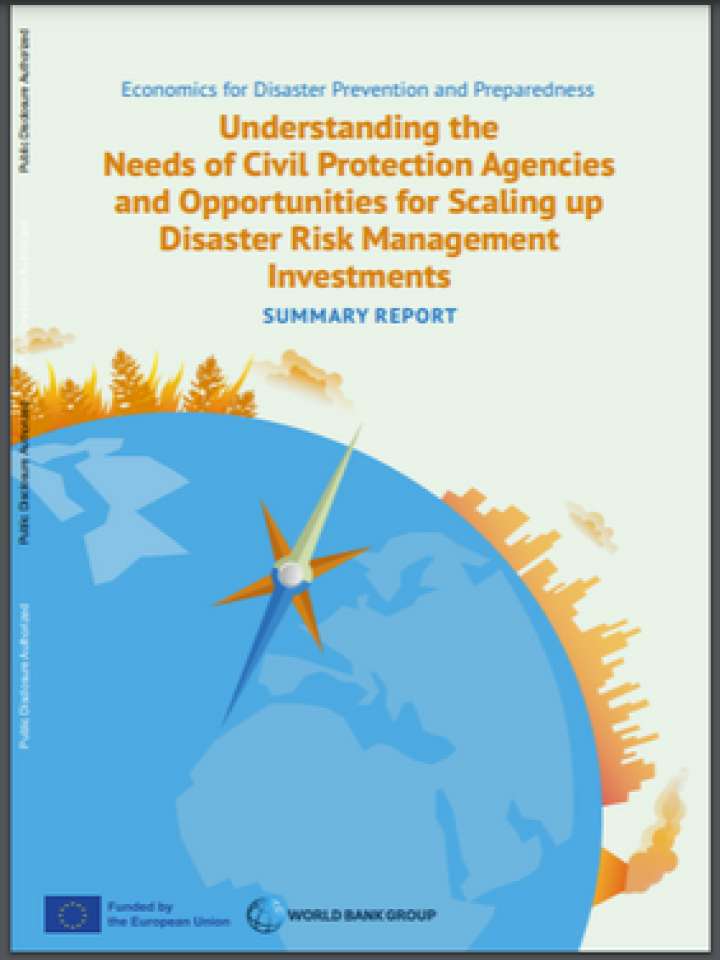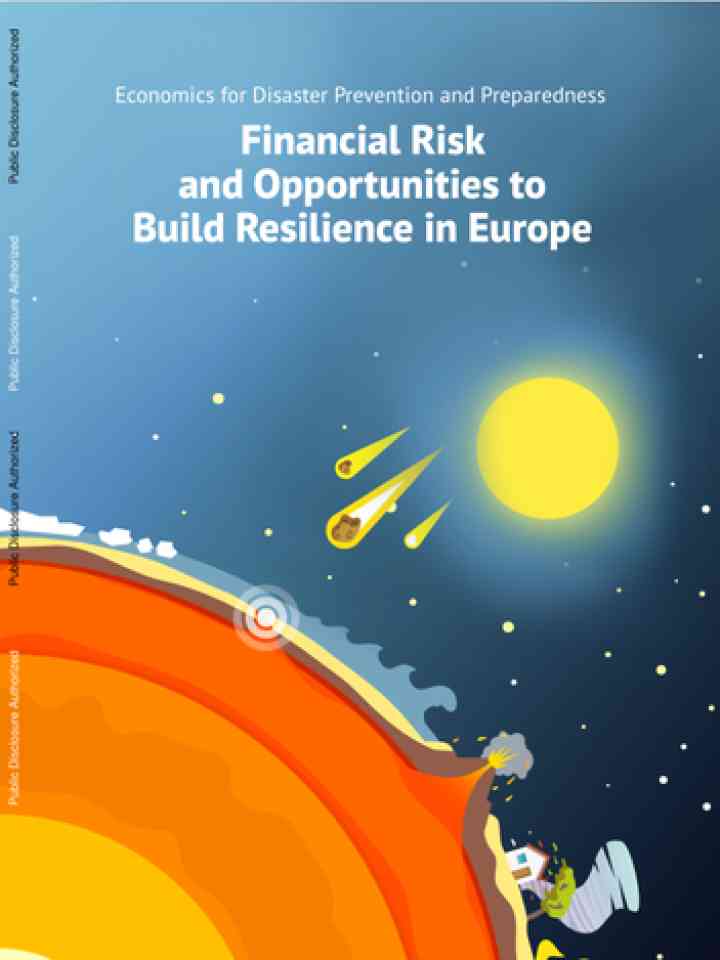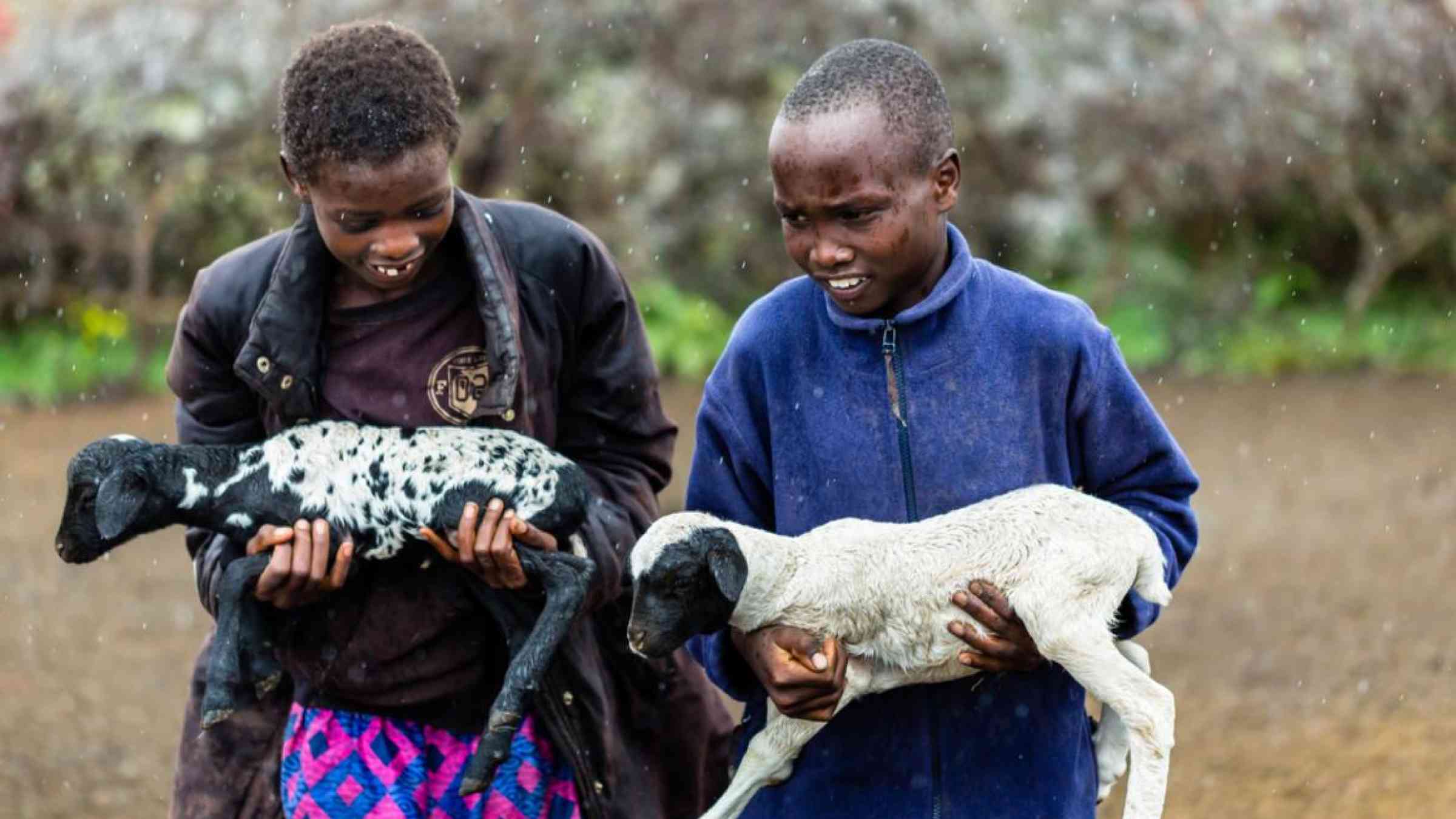Business case for DRR
Image

Introduction
These resources explore the economic, social and environmental dividends of investing in disaster risk reduction. Read more about the business case for DRR.
Related links
Themes





